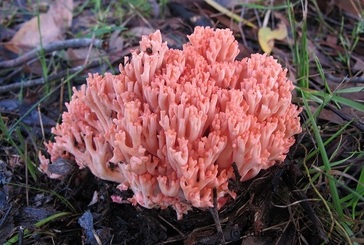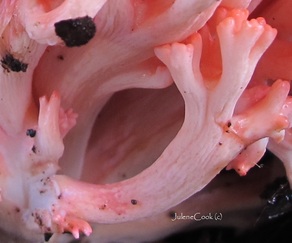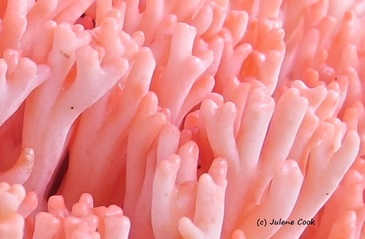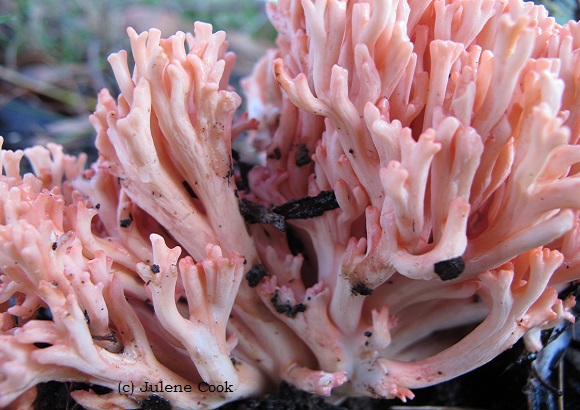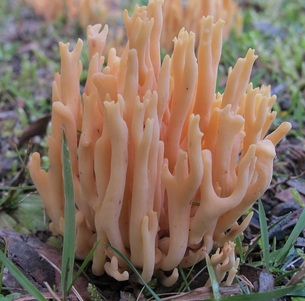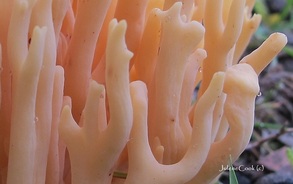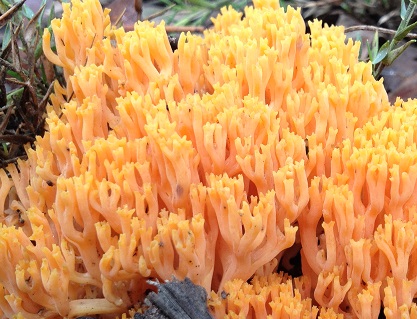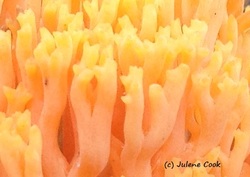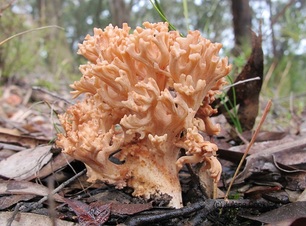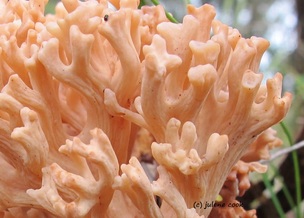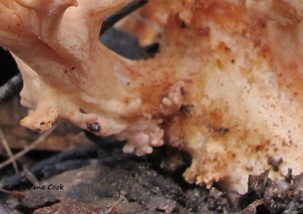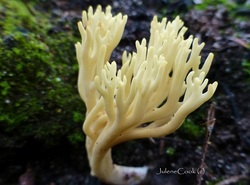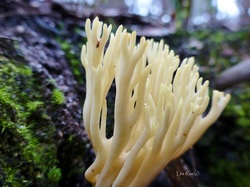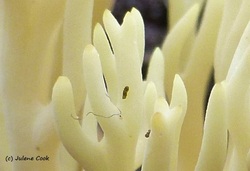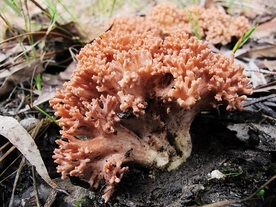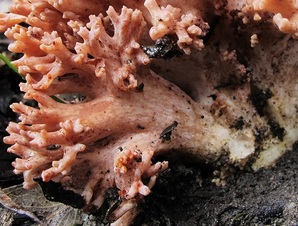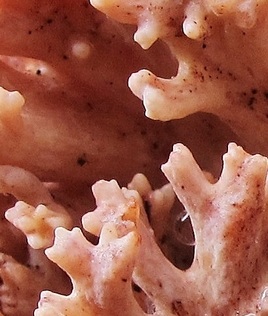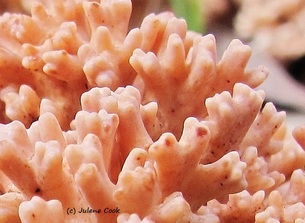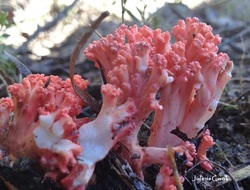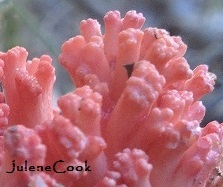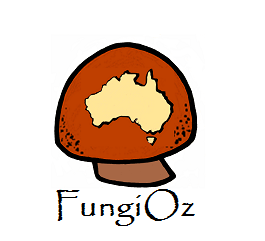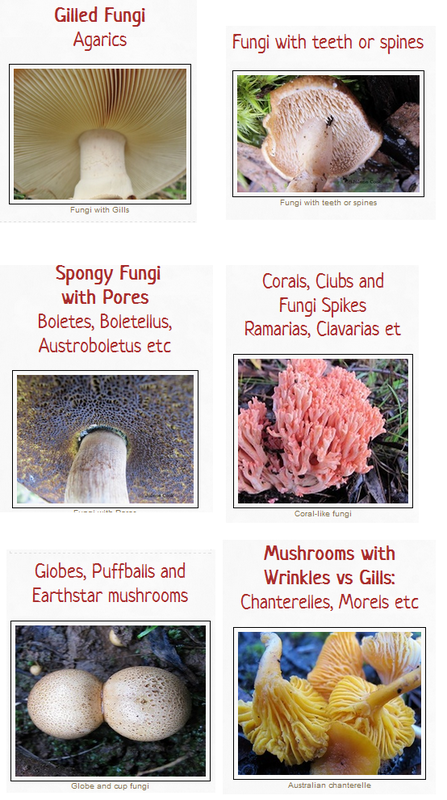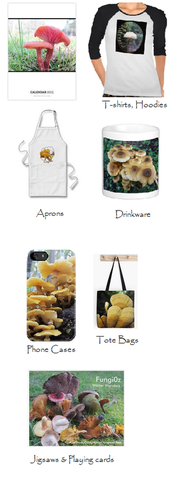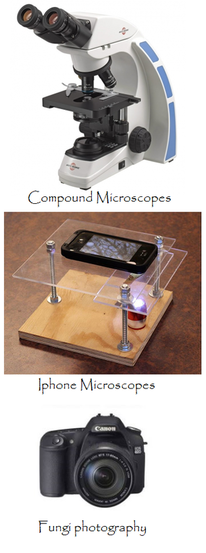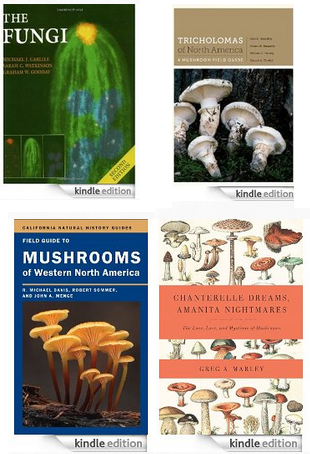Ten Australian Ramaria Fungi
Ramaria fungi are coral-like mushrooms with multiple branches. Their spores are ochre-yellow to brown-tinted and are ornamented with warts, striations or spines. Of probably 100 Australian Ramaria species, only nineteen have published scientific descriptions.
Currently. FungiOzapp includes 17 Australian Ramarias, most of which are unidentified. Ramaria are very difficult to differentiate according to their observable and even their microscopic features. Identification is made even harder because the structure, colour spore sizes and shapes of some species change as they mature. Important observable features include colour details, the shapes of the apices and branch axils, the texture of branches and whether or not there are rizomorphs or aborted branches that have not developed. Many herbarium samples do not include records of such characteristics which makes identification harder. A detailed recording sheet for describing Ramaria species can be found here. For all these reason, the tentative nature of identifications for the Australian Ramarias below is expressed by the question marks after suggested names.
|
|

Fungi Cap Shapes, Margin types Margin shapes

Fungi Stem Shapes Surfaces Bases Rings Back to |
